To explain the thoughts and allusions behind the short cat story.
Author Notes for “The Ascent of Cat Bields”
- I wanted a Lake District tale that drew together various aspects of our involvement with the area together with an interesting cat story.
- I have always been enthralled with Cat Bells, the diminutive “mountain” of 1500’ ish on the side of Derwentwater in our English Lake District; the views from the top are nothing short of glorious - you can see the waters themselves surrounded by a number of Wainwrights including the majestic Skiddaw itself.
- The old Cumbrian name from centuries ago for Cat Bells is the “Bield of the Wild Cat”, since the Scottish Wild Cat had a pawhold in England. An endangered subspecies that has unfortunately interbred with domestic cats. It would appear that there are about ten thousand mixed wild cats left and roughly one hundred pure ones, genetically.
- Having created a Ginger Nuts character in Wild Bill Hicat, again a play on words from the US Wild West, with “Wild Bill Hicock”, it was good to devise a story where he took a trip away from Dumfries and Galloway and set up a holiday residence in England.
- Colonel John Nicholas Blashford-Snell, CBE is an explorer, among other things, and having dressed our Simpkin, as Squimps, in adventure clothing for the “Ginger Nuts and the Parrot”, it was a chance to dress him up again as an explorer.
- The Bullpuss is up for any adventure, although certain other Pookies provide excuses for opting out. This makes illustrating somewhat easier - a sneaky option adopted by writers who are their own illustrators. Tigger and Tabitha join the expedition, which was written before we offered a sanctuary to Mrs Ribby and her daughter Ruby, who no doubt, would have joined in as well. Perhaps a rewrite is called for!
- There is a nod towards Tigger’s interest in our avian feathered friends, with his “Birdie” books, which first appeared in our earlier stories.
- Cat Bells is a starter mountain for many families with youngsters - if they cannot cope with it, there is no point persevering elsewhere.
- We have spotted an occasional Ring Ouzel, a rare mountain bird, but never outside the Lake District. As for Golden Eagles, we have never had the honour, but after useful attempts at re-introduction in Scotland, occasional long flyers have been spotted by knowledgeable ornithologists.
- We love Belted Galloways, a resilient moo-cow, used effectively in the hilly areas of the Lakes for ground improvement and bracken control. See also, my book entitled “Cats Go Hiking In The Lakes”, which describes a circumnavigation of Tarn Hows - I illustrated this mainly with Adobe DRAW - not necessarily a success artistically and may consider republication, (if life permits), with “proper” illustrative drawings.
- In reality there are several steep footpaths up and down Cat Bells as well as a ridge walk towards higher mountains, where with Young Master as a six year old, (and therefore before Louisa) we ventured. As we approached 2000’ on Maiden Moor towards High Spy, Roz had the misfortune to slip and badly twist her knee, necessitating a thirty minute recovery, before she could continue and seek a restorative easy way down into the Newlands Valley. We have a glorious, pre-digital, snap of Mark, reclining on a boulder, which gives the impression that he is way, way up on a rocky hillside.
- Wild Bill Hicat’s microbrewery is a nod towards all the enterprising folk who begin these ventures, of which in the Lakes, there are a number. Our favourite is the Coniston Bluebird at the Black Bull Hotel - their Oatmeal Stout being a perennial winner for Very Old Master.
- Wild Bill’s offerings are purely non-alcoholic since this is a children’s book!
- A literature opportunity presents itself with WBH’s plan to interview applicants for the position of a genuine Wild Cat.
- Another literature hero from the past is Robert Burns, who among many other links, is acknowledged in the Selkirk Arms in Kirkcudbright as the spot where he created the “Selkirk Grace”.
- The hedgehog applicant is a nod towards Beatrix Potter (another heroine of children’s literature) with the “Tale of Mrs Tiggywinkle” which is actually set on the lower slopes of Cat Bells and mentions Littletown. The Amiable Guinea Pig is another of Miss Potter’s later poetical stories.
- The mole attempts a quote from William Wordsworth’s “Daffodils” - a poem, although wonderful, which has been done to death by too many.
- Mountain Hares are a rarity in Britain - these are the fellows whose fur changes to white ready for the snowy weather in the high hills. Our Hare here, is Little Grey Rabbit’s dear friend, as described by another literary heroine, Alison Uttley. He proceeds to sneak in another allusion for me, which is to the works of Edward Lear, who, it is suggested, invented the limerick.
- The tiny mice do exceedingly well, but fail on the size comparison, even after an acrobatic display.
- As the afternoon draws to a close and dusk prevails, the last visitor turns out to be a new friend of WBH’s, namely a Lynx, one of the animals reasonably successfully reintroduced into the British Isles after an extinction lasting too many centuries, although Nicola, is an escapee from the Wild Life park/zoo, an example, too often repeated, where tourist monies are not enough to maintain security.
- I couldn’t resist calling my Lynx, Nicola, and getting a quote in about Sturgeon, being a dig at the clown who is currently wrecking Scottish politics with her failed attempts to declare independence from the UK. Originally based upon the wealth (at an earlier time) to be had from North Sea oil and gas - a long distant memory. Time will tell whether the SNP can recover from this jolt to their ambitions.
- The opportunity to illustrate Lynx drawings was excellent. Also there was a chance for Bullpuss to sneak in some of Groucho Marx’s wise cracks.
- To finish, the mention of Alexsandr the Meerkat is to the advertising campaign devised successfully by “comparethemeerkat.com”
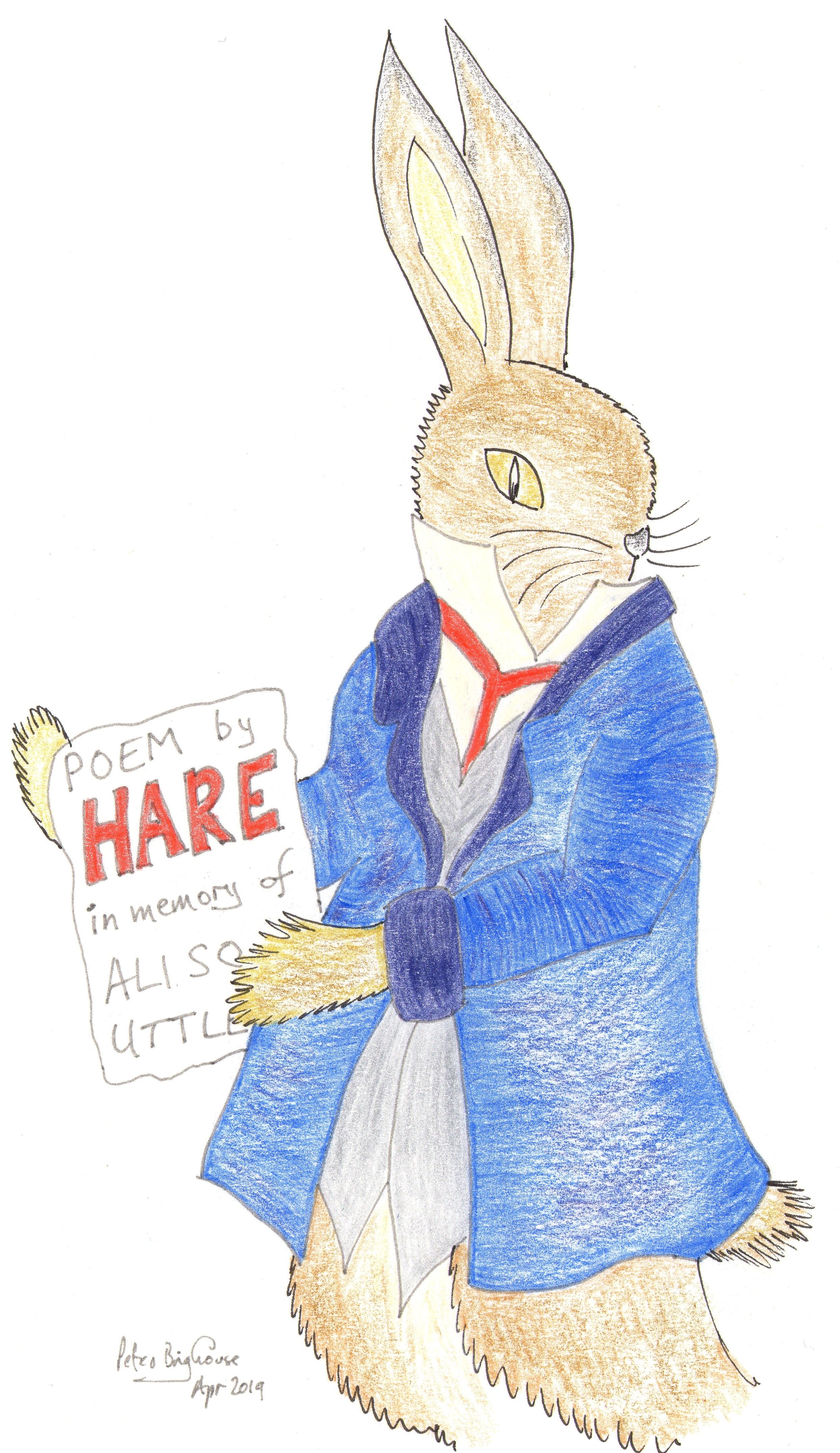

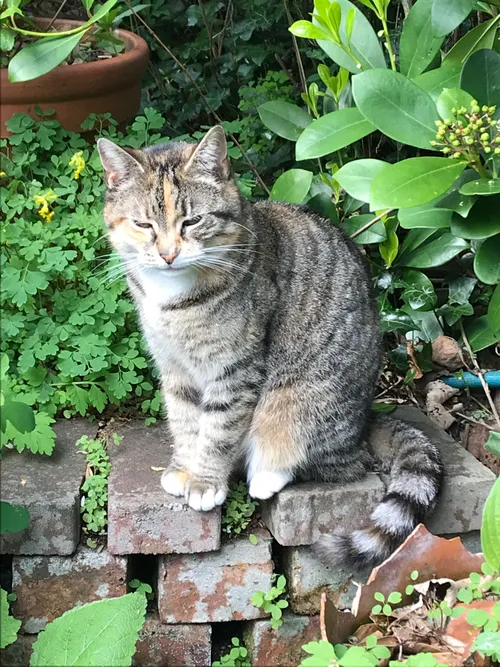


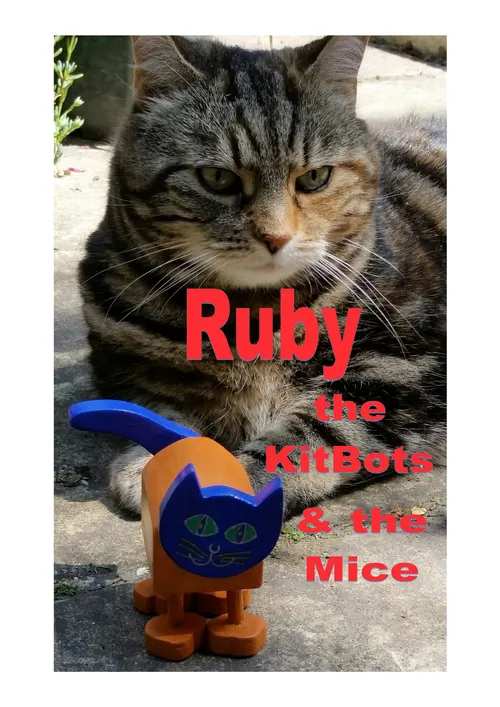

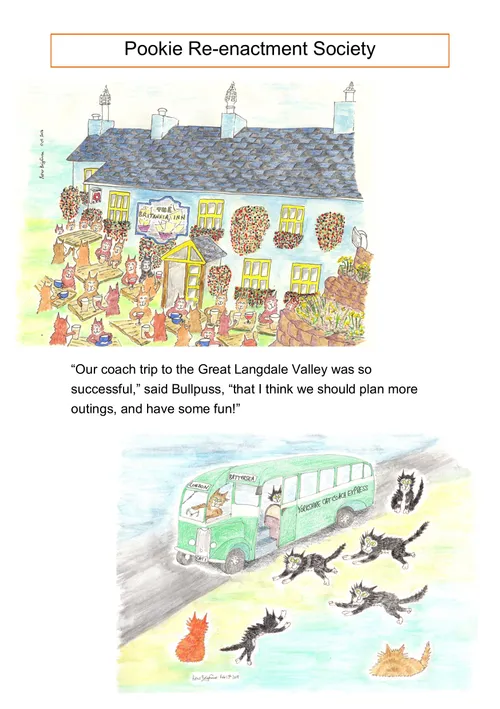
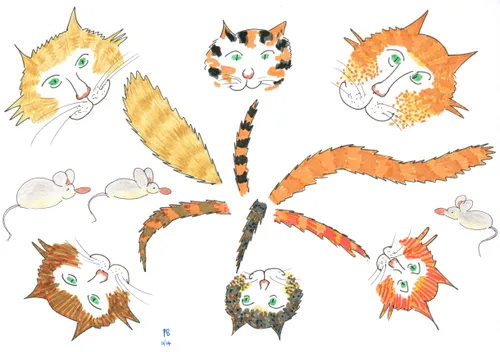
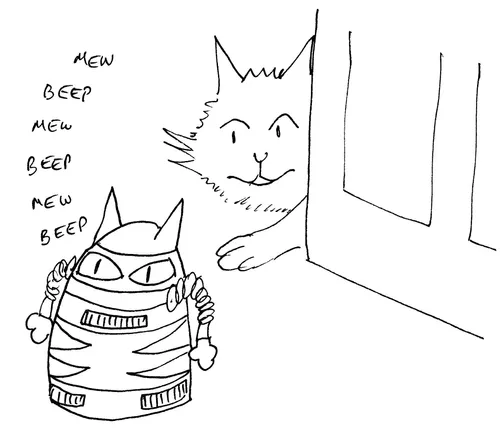
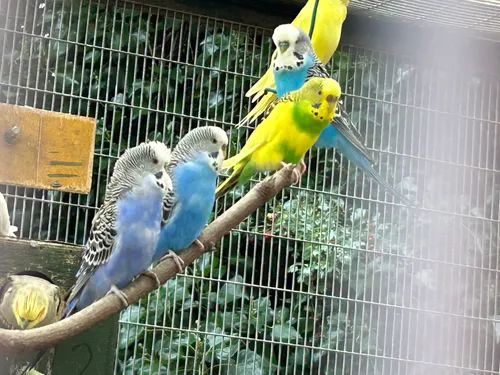
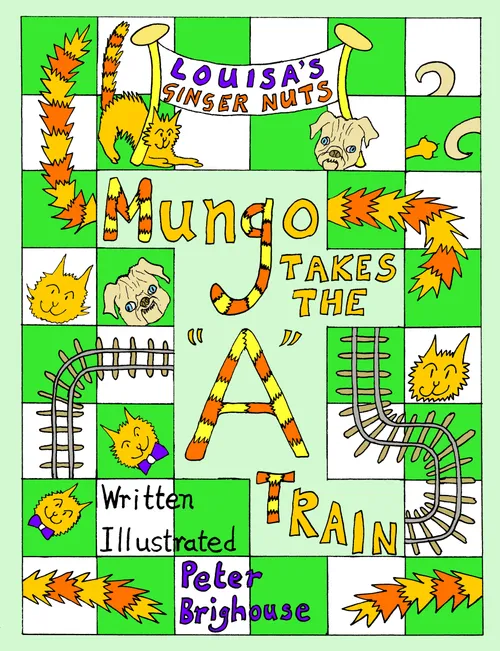
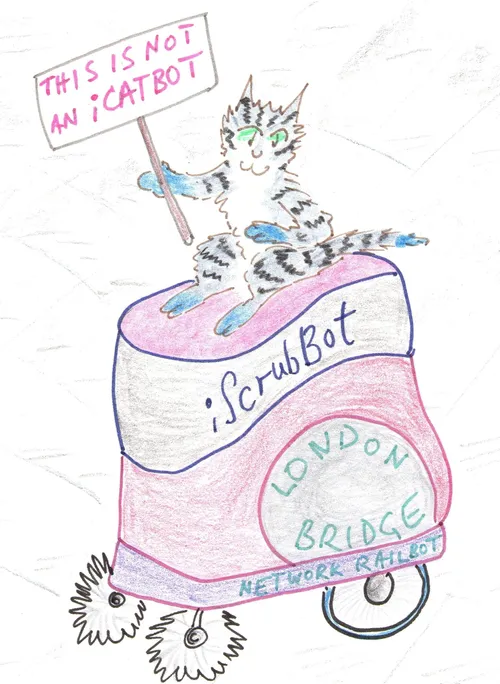
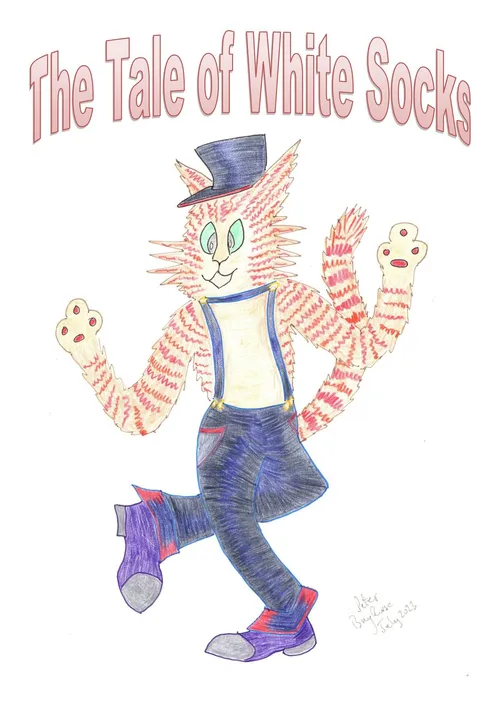
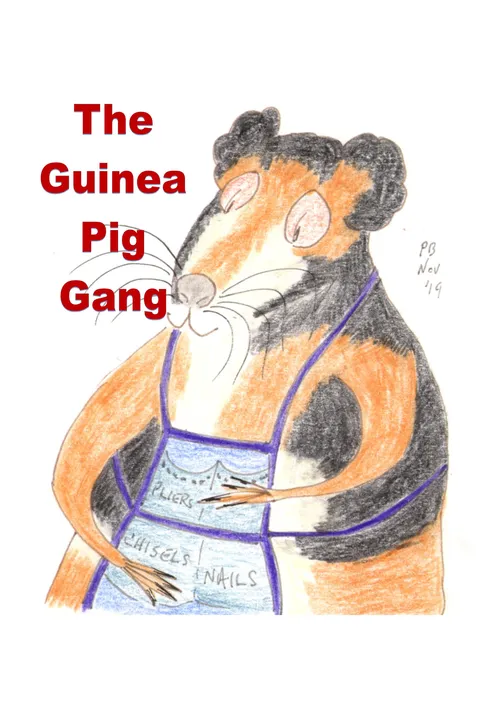




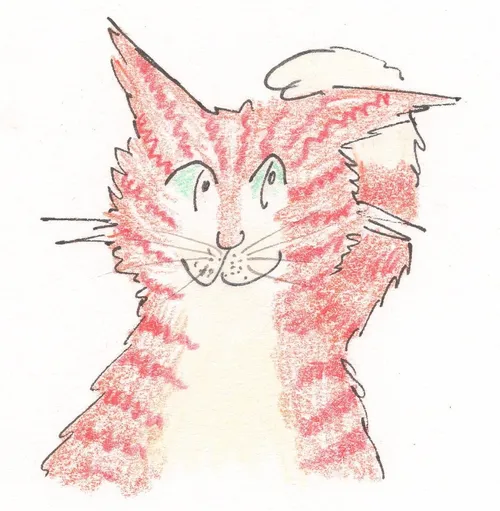

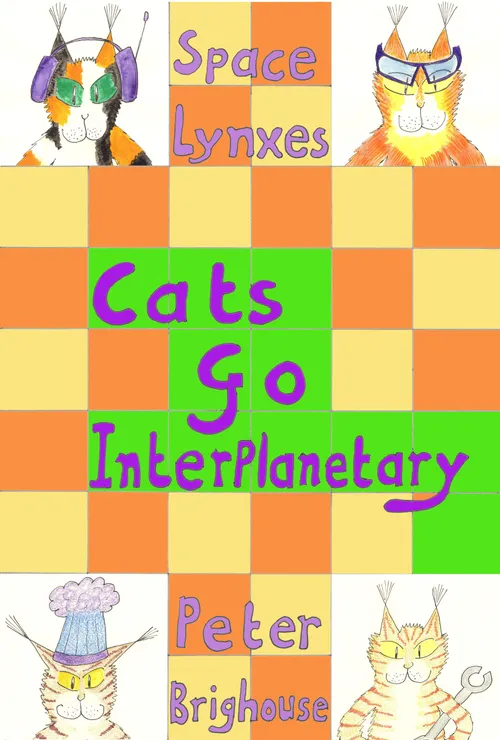
This story has not been rated yet. Login to review this story.